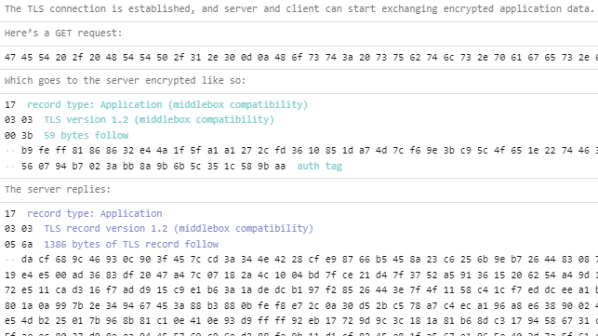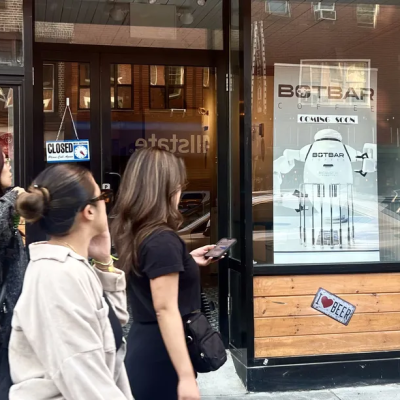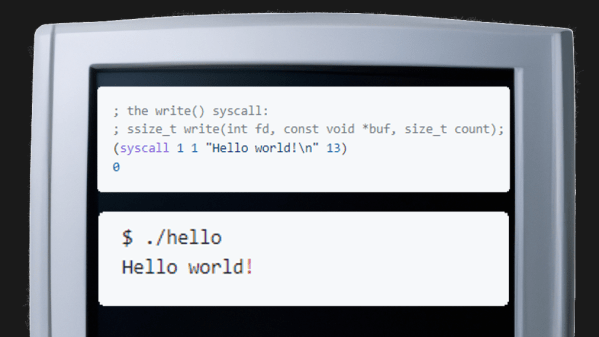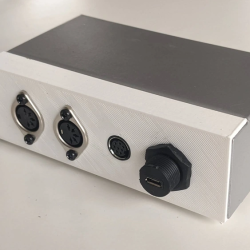The IKEA OBEGRÄNSAD is a pixel-style LED wall lamp that comes with a few baked-in animations, and [ph1p] improved it immensely with an ESP32 board and new firmware. The new controller provides all kinds of great new abilities, including new modes and animations, WiFi control, and the ability to send your own images or drawings to the panel. All it takes is desoldering the original controller and swapping in a programmed ESP32.
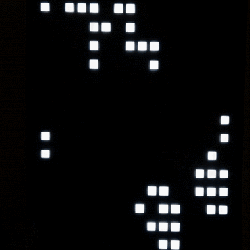
Sadly, opening the unit up is a bit of a pain. It seems the back panel is attached with rivets rather than screws, but it will yield to a little bit of prying force.
The good news is that once the back panel is off, the inside of the OBEGRÄNSAD is very hackable. All the parts and connectors are easily accessible from where they are, and a nicely-labeled pin header makes a convenient attachment point for the new ESP32 board. There’s no need to disassemble any further once the back is off, and that’s always nice.
Going a bit smaller, we’ve also seen an IKEA LED nightlight greatly improved by a little hacking, and there are plenty more IKEA hacks where that came from.



